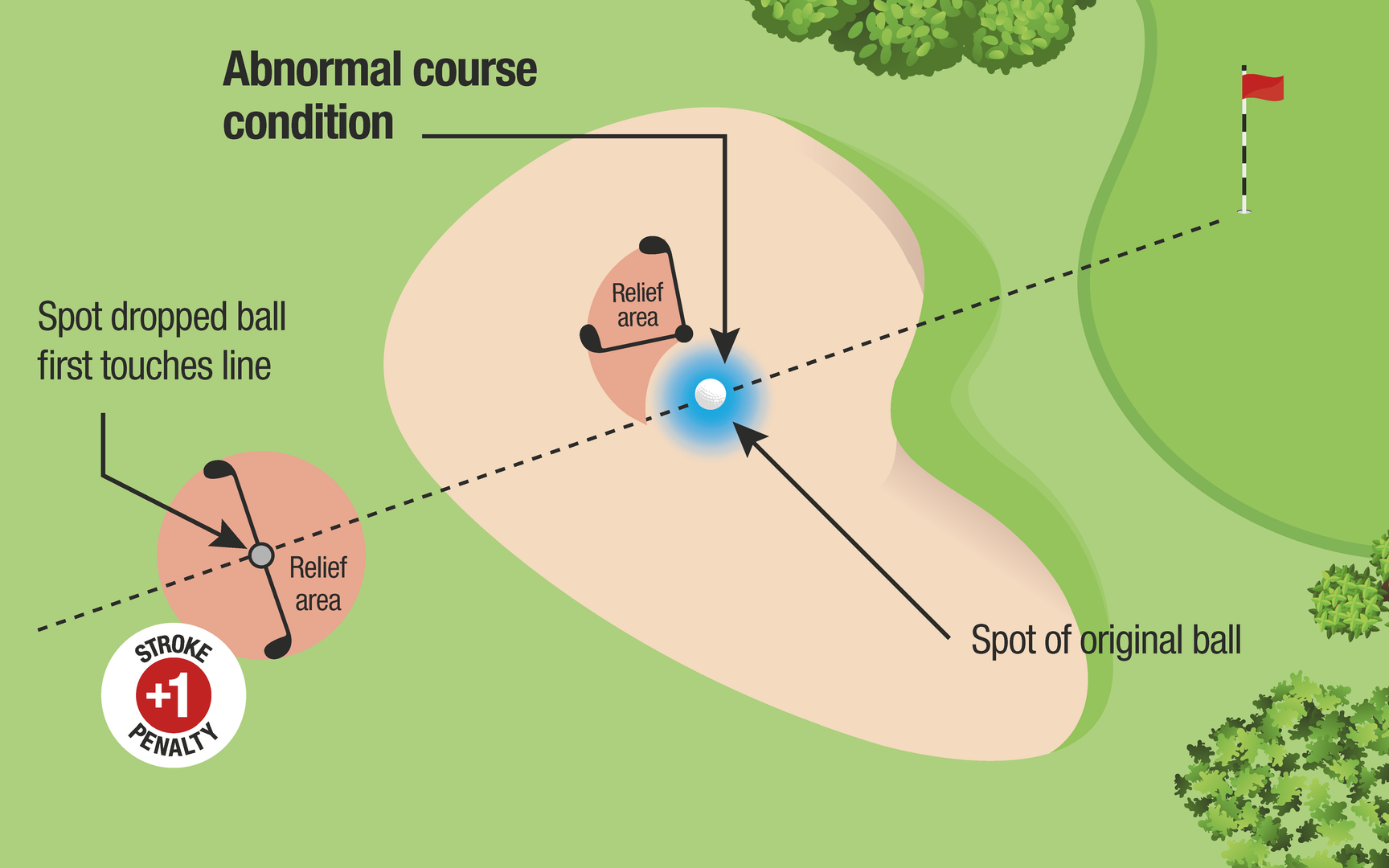Rules of Golf
The R&A 2024/2025 Winter Rules FAQ's
28 Nov 24
4 mins
What is the main difference between MLR E-2, Cleaning Ball and MLR E-3, Preferred Lies?
The cleaning ball Model Local Rule (MLR E-2) can be used when ground conditions are likely to cause mud to stick to a player’s golf ball on a regular basis during the round, but where there is no need for preferred lies, that is the ground conditions are good otherwise. Therefore, MLR E-2 allows a player to mark, lift, clean and replace the ball on the original spot. While Committees often restrict the use of this Local Rule to when a player’s ball is in the fairway, the Committee may decide to allow it to be used anywhere throughout the general area. On the other hand, if the preferred lies Local Rule (MLR E-3) is in place, relief is generally restricted to when your ball lies on the fairway. This Local Rule also allows you to lift your ball, clean it and replace it on another spot within a specified relief area (for example, six inches, a scorecard length or one club length) of the original spot, no nearer the hole. The size of the relief area must be specified in the Local Rule, but this may also be specified or limited by the local handicapping authority.When do preferred lies start and end?
The decision to enforce preferred lies under Model Local Rule E-3 rests with the Committee. When adverse weather conditions result in poor ground conditions being widespread on the course, the Committee may implement preferred lies to allow fair play or help protect some or all fairways. Such a Local Rule should end as soon as conditions improve. The introduction of E-3 is also sometimes determined by the national handicapping authority, so please consult with your national association first.Do I need to mark the position of my ball when taking relief for a preferred lie?
It is recommended that you mark the position of your ball before preferring your lie, but there is no penalty if you fail to do so.The wind blew my ball off the spot after I preferred my lie. Can I prefer my lie again?
No, you are only allowed to prefer your ball once. Therefore if you preferred your lie and your ball stayed on the spot, if natural forces, such as the wind, then cause it to roll to a new position, you cannot prefer your ball a second time.Do I need to mark the position of my ball when cleaning the ball under Model Local Rule E-2?
Yes, you are required to mark the spot of the ball because you are replacing the ball back on the original spot.Why do Committees implement a Local Rule for compulsory use of fairway mats?
It may be necessary to protect parts of the course from becoming damaged from play during winter months, such as when prolonged periods of cold weather limit the amount of grass growth. When this is the case, a Committee may decide to require players to use fairway mats on all fairways when a putter is not being used for the stroke, or they may specify certain fairways, or parts of fairways where mats must be used. For more information on compulsory use of fairway mats please see Model Local Rule E-12.Do I receive free relief if my ball is embedded in the ground?
Rule 16.3 states that when a ball is embedded in its own pitch-mark in the general area, for example in the fairway or the rough, you may take free relief by dropping the original ball or another ball within one club-length of the spot right behind where the ball was embedded, in the general area and not nearer to the hole than the reference point. However, embedded ball relief is not available for a ball that is embedded in sand in any part of the course and you must find your ball to be entitled to take embedded ball relief.Am I entitled to free relief if my ball is lost in a pile of leaves?
Generally, there is no free relief under the Rules of Golf if you cannot find your ball in leaves. However, if there are large accumulations of loose impediments on the course such as piles of leaves or acorns, your Committee may introduce a temporary Model Local Rule (Accumulation of Loose Impediments, MLR F-14) that treats piles of loose impediments in the general area or in a bunker as ground under repair. This Model Local Rule should be limited to the holes or specific areas where there are problems with piles of loose impediments and should be withdrawn as soon as the conditions improve, or the piles of loose impediments have been removed. This Model Local Rule does not cover situations where there are lots of individual leaves or clumps or leaves, it is specific to large piles of leaves. For this reason, it is recommended that this Local Rule only be put in place where such large accumulations of leaves/piles are an issue. If it is known or virtually certain that the ball is in the specified area then free relief is allowed under Rule 16.1.Can I take relief from temporary water in a bunker?
Yes, if your ball is in a bunker and there is interference from temporary water, for example, the ball is in the water or the water interferes with your stance or intended swing, you have two options:

